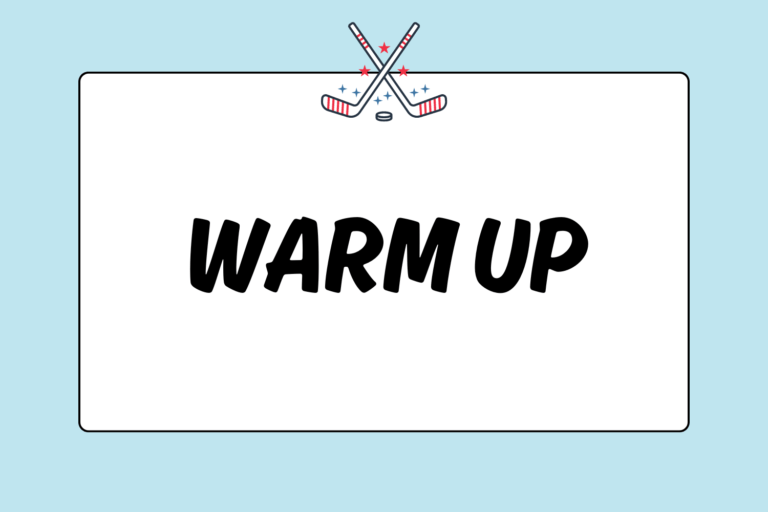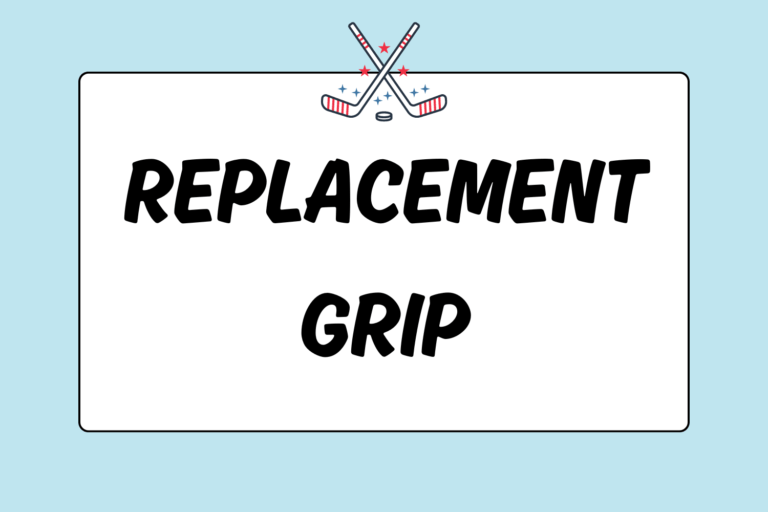Every sport has its rules. As a beginning player, some of these rules can be confusing. Field hockey is no different. When the referees blow their whistles to call fouls, it can get frustrating if you don’t know what’s going on. But, don’t worry! This guide will help you understand field hockey’s most common fouls and teach you the techniques needed to avoid penalties.
The Referees
There are two referees that enforce the rules during a game. The hand signals referees make can sometimes seem random, but understanding what the referees are calling will help you adjust your game and avoid any unnecessary penalties. If you are ever unsure about what the referees are calling against you, ask them! Just make sure that you ask politely — talking back to a referee can lead to more calls against your team.
Penalty Calls
Committing a foul can result in a few different penalty calls. Most of the time, the penalty will be a free hit awarded to the opposing team. But, if the foul is made inside the shooting circle, it can result in a penalty corner or a stroke — avoid these if possible! Below are the most commonly called fouls, their respective referee hand signals, and tips on how to avoid making the same mistakes.
Foot
This is the most common foul in beginning play, and will likely continue being a common call throughout all levels of field hockey. A foot foul is called anytime your foot touches the ball. Whether the ball hits your foot on accident or on purpose, it is considered a penalty. The call will result in a free hit awarded to the other team. But if the ball hits a player’s foot inside the shooting circle, it may result in a penalty corner.
To avoid a penalty for a foot call, be light on your feet and move around the ball. Sometimes, though, this call is unavoidable because an opposing player may hit the ball into your feet on purpose, just to receive a penalty call. The referee signal for a foot call is a raised leg and a tap on the foot.
Advantage
If a team gains an advantage after being fouled, the referee will wait to call a penalty. For example, if a player is advancing up the field and someone hits her stick, but she continues moving towards the goal, the referee will let the play continue. Therefore, continue playing until you hear the referee’s whistle — don’t stop just because you were fouled. The referee signal for an advantage is one hand raised above the head, with an open palm.
Obstruction
An obstruction foul is called if you have possession of the ball and use your body to block an opposing player from getting to the ball. Obstruction calls result in a free hit for the opposing team. Inside the shooting circle, obstruction results in a penalty corner or stroke awarded to the opposing team.
To avoid a penalty for obstruction, make sure to keep both the ball and your feet moving at all times. Also, you cannot block the other team from making a fair play at the ball with your body. The referee signal for obstruction is both arms crossed in front of the referee’s chest.
Mental Edge
In most games, you will have a “bad” referee. Get used to it. Every team thinks the referee is calling the game in the other team’s favor — and maybe he is — but you shouldn’t let this frustrate you and affect your game.
Most calls that field hockey referees make are subjective. There are a few concrete rules, but most can be dismissed depending on the “dangerousness” of the play. The referees are there to keep you safe by calling the dangerous fouls. Some are more “tight” with the whistle than others. So, work with your referee to make the most of the game. If you understand how they are calling the game, you will be able to adapt your style of play to their officiating.
Third Party Obstruction
Third party obstruction is usually confusing for most beginning players. The penalty is given when you run between a teammate who has possession of the ball and an opposing player’s path to get to the ball. Basically, you are blocking the opposing player from defending against your teammate.
To avoid a penalty for third party obstruction, make sure you run on the outside (closer to the sideline) of the teammate with the ball. Many defenders will attack from the inside — don’t block their path. Also, by running on the outside of your teammate, you open up more opportunities for give-and-go passes. The referee signal for third party obstruction is alternatively opening and closing the forearms that are crossed in front of the referee’s chest.
High Ball
You are allowed to raise the ball in field hockey, as long as it is not potentially dangerous. The general rule is that the ball should not be lifted above the knee, or 18 inches above the ground — these are called aerial balls. Aerial balls are balls that are safely flicked or scooped, and can be lifted above knee-height — as long as it is safe. To be safe, the aerial ball cannot be flicked or scooped within 5.5 yards of an opponent; it’s considered dangerous and a foul will be called. However, you are allowed to lift the ball above the heads of your opponents with an aerial pass as long as they are not within 5.5 yards of you. The referee will decide whether the play is a dangerous high ball.
To avoid a penalty for hitting a high ball, keep your head and bodyweight over the ball when taking a hit. On stops, cushion the ball by angling the top of the stick forward, not backward. Otherwise, you might deflect the ball into the air on a stop. The referee signal for a high ball is both hands held in front of the referee, with the palms facing each other.
Penalty Corner
This is a power play awarded to the offensive team if the defense commits a foul inside the shooting circle. In field hockey, 33 percent of all goals are scored on penalty corners. Therefore, as the defensive team, you want to make sure you do not commit any fouls inside your circle. A common mistake by defenders is purposely hitting the ball across the end line — this is a foul. Another common foul that results in a penalty corner, as mentioned before, are foot calls inside the shooting circle.
To avoid a penalty corner, keep the ball on your stick and dribble it to get it out of the circle instead of trying to hit it out. This will make it harder for the other team to attack the ball without getting a foul. Another way to avoid getting penalty corners called against your team is to keep possession of the ball. This will be harder for the other team to tackle you. However,you can also just hit the ball out of the circle. The referee signal for a penalty corner is both arms pointing horizontally towards the goal.
Penalty Stroke
A penalty stroke is called for preventing a team from scoring a probable goal — a ball that would have otherwise gone directly into the goal — by committing a foul inside the shooting circle to get the ball out. If the offensive team is awarded a penalty stroke, a player will be chosen to take a one-on-one shot with the defensive team’s goalie.
Some common fouls that result in penalty strokes are:
- Using your feet to stop a ball going in the goal
- Blocking a shot with your body
- Continually hitting the ball across the end line
To avoid a penalty stroke, do not commit any fouls inside the shooting circle — especially in front of the goal. The referee signal for a penalty stroke is one arm pointed at the penalty stroke mark and the other arm pointed up towards the sky.
Play the Whistle
Beginning players commit a lot of fouls during games, and field hockey can often feel like stop-and-go competition. Play a clean game and it will be faster and more enjoyable. If you don’t hear a whistle after you commit a foul, keep on playing. The referee would rather let you play than call every nitpicky foul, especially if it doesn’t interrupt the flow of the game or endanger another player. So, next time you hear a whistle, look at the referee to see which foul was called and play on — keep the game flowing!





